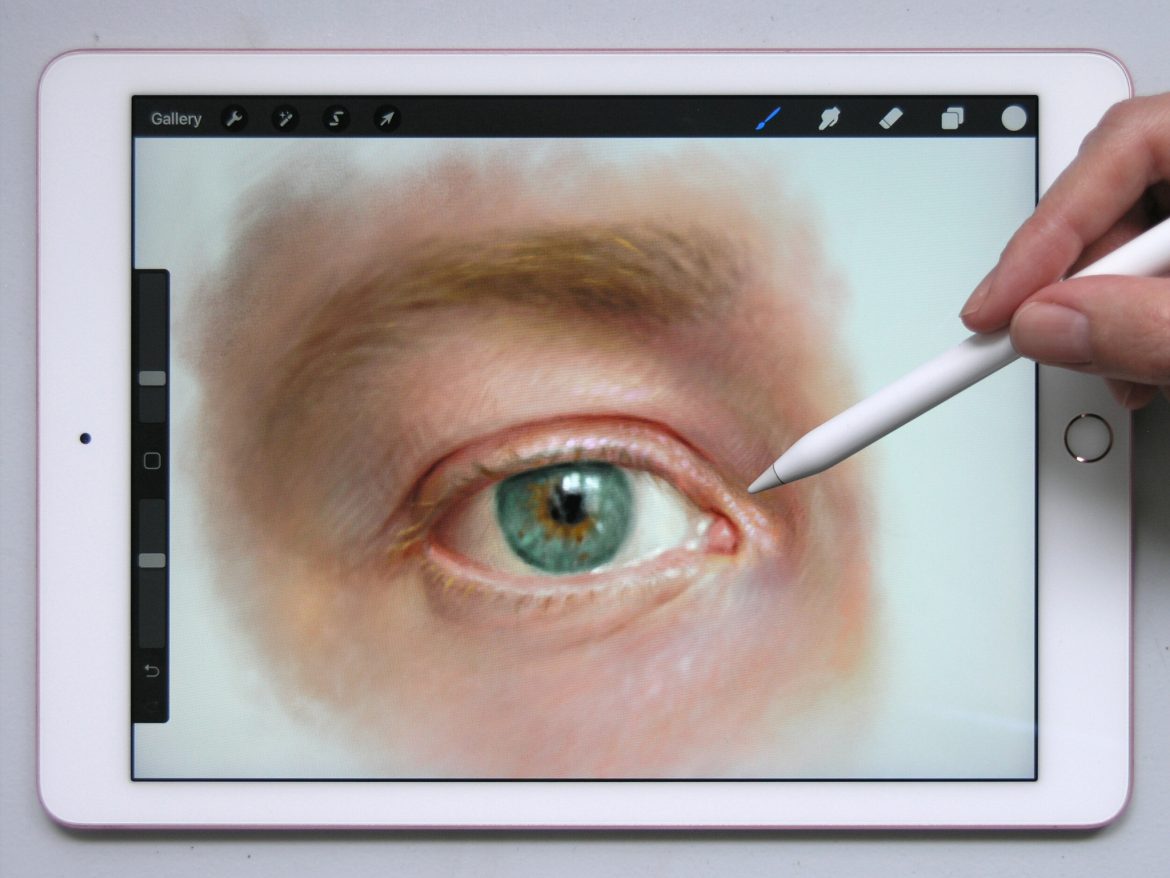Photo Credit: The Teaching Studios of Art
The pros and cons of digital art
Claudia Doyle, Associate Arts Editor
With the school year ending, it might be time to find a new hobby for the summer. Art can be the perfect new activity, but where should you start in the digital age? Should you be looking for a sketchbook to begin or, if you’ve already tried traditional, should you switch sides to digital art?
Perhaps you want to start in the digital world. While digital technology is used in many art professions today, hobbyists may feel some apprehension towards it. The search suggestions that pop up after a quick Google search summarize this apprehension pretty well: “Is digital art…” “Easy”? “Real art”? “Cheating”?
I started out as a traditional artist. In my years in art school, I grappled with watercolour, oil, acrylic, markers, pastel, pencil crayons, clay, and fabric. If you can name it, I have probably tried it. One assignment even asked me to make egg tempera (which is paint made with egg yolk and powder pigment – not a great smell) and use it to replicate painting techniques from the Early Renaissance. By the time I graduated, I was a bit burned out, and certainly ready to take a break from traditional art. Digital art was exciting because it offered me a new way of thinking.
Digital art usually involves a drawing tablet or a device like an iPad. Applications like Photoshop and Procreate are particularly popular among artists. Technology can get pricey, but there are cheaper options for beginners. I started with a drawing tablet under $30 and used my sister’s Photoshop subscription. Later I splurged on Procreate ($13.99 for the app, plus you’ll need an iPad and Apple Pencil) when I knew I would be using it a lot. The same price discrepancies go for traditional art. For example, the price of a single Copic marker at Michaels is a hefty $7.99. Cheaper materials are usually the way to go, but some make the argument that a costly Apple Pencil or tablet pen will save you money in the long run because it will last for a long time and can offer an unlimited variety of textures and colours to work with.
Sometimes, traditional art can also get frustrating. Watercolour, for example, is particularly unforgiving – one wrong move with your paintbrush and there is no going back. In these instances, the undo button on Procreate can be a little too inviting for a perfectionist – a simple tap with two fingers and your canvas is like new. Then again, artist Bob Ross wisely says: “We don’t make mistakes, just happy little accidents.” The undo button may be a blessing, but it can also be a curse. Sometimes, the best work comes out of having no eraser, and no ability to manipulate your layers in Photoshop.
Ultimately, whatever tools you are using at whatever price points, you need skill as well. Using a digital application isn’t going to magically make you a great artist (so no, Google, digital art is not cheating), and it presents its own challenges. A lot of digital artists will keep a traditional sketchbook. Many traditional artists scan their work and dapple in art software. Beginners can’t go wrong with either, because both offer the opportunity for hobbyists to develop their drawing skills and learn what they like about art.




